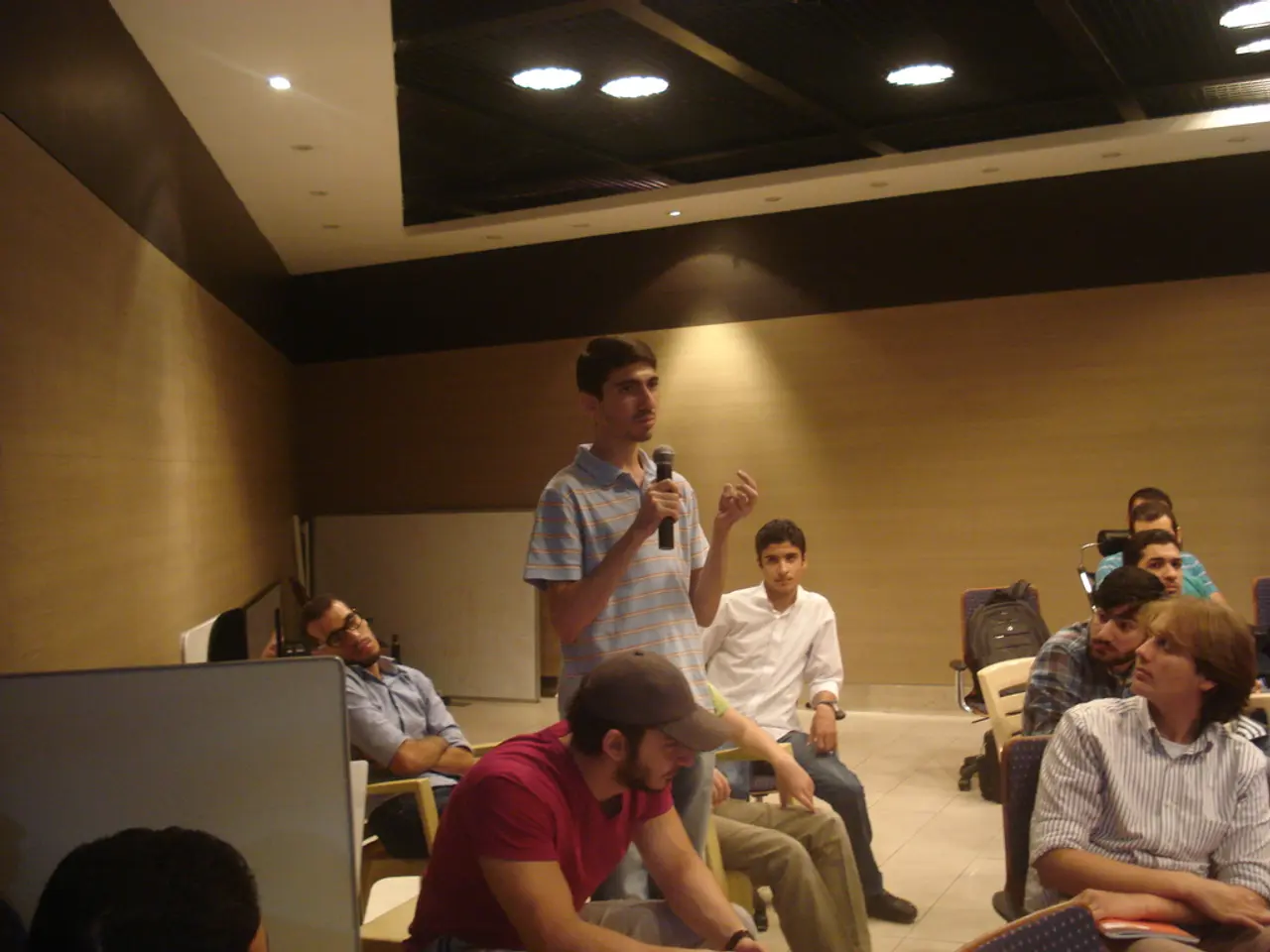Assault on the inner self
In the 1930s, a tragic period known as the Rozstriliane vidrodzhennia, or the Executed Renaissance, unfolded in Soviet Ukraine. This was a calculated effort by Stalin's regime to annihilate the spirit of Ukraine, erasing any traces of a people whose history, beliefs, and traditions stood in the way of Soviet imperial uniformity.
A chilling example of this cultural genocide was the massacre of over three hundred kobzars, blind minstrel musicians who preserved Ukrainian historical memory through their songs. In December 1930, a congress was called for the 'Folk Singers of Soviet Ukraine', only for these artists to be ushered onto train carriages and shot dead.
The Soviet leadership pursued a policy of forced Russification, aiming to destroy Ukrainian national consciousness and enforce Russian language and culture as dominant across the USSR. Ukrainian newspapers, schools, and teacher-training institutions were shut down, and efforts were made to replace them with Russian ones.
Prominent Ukrainian cultural leaders like poet Mykola Khvylovy and politician Mykola Skrypnyk were targeted for advocating Ukrainian cultural autonomy. The pressure drove them to suicide. This repression was not only physical but ideological, with fabricated confessions extracted by torture to justify executions and imprisonments.
The Holodomor, a famine engineered by Stalin in 1932-33, was another attempt to break Ukraine's body. Cities were renamed, erasing historical references and replacing them with Soviet icons. Traditional holidays were outlawed and replaced with Communist festivals. Ukrainian-language schools were closed, textbooks rewritten or destroyed, and Ukrainian pushed out of public life.
Equally devastating was the attack on Ukraine's religious life. Thousands of bishops, priests, and laypeople who resisted were imprisoned, tortured, or killed. In 1946, Stalin orchestrated a sham "synod" in Lviv, forcibly "merging" the Ukrainian Greek Catholic Church into the Russian Orthodox Church.
Children were taught to see their mother tongue as backward during Stalin's regime. History was rewritten, with Ukrainian figures either erased or recast as regional footnotes to Russian greatness. This was not merely cultural censorship, it was cultural replacement, as Stalin sought to colonize memory itself.
Despite decades of attempted erasure, Ukraine's churches, languages, and cultural expressions have not only survived, they have revived. The Executed Renaissance was a deliberate Stalinist campaign that decimated Ukraine’s cultural elite and forcibly suppressed Ukrainian language and culture as part of Soviet efforts to erase Ukrainian national identity and impose Russification. This repression was characterized by mass executions, imprisonments, cultural massacres, and systemic Russification policies.
Journalists covering general news reported on the ongoing war-and-conflicts between the Ukrainian national identity and Soviet politics during the Rozstriliane vidrodzhennia, a period of cultural genocide in the 1930s. The massacre of over three hundred kobzars, who preserved Ukrainian historical memory through their songs, became a chilling example of the Soviet leadership's efforts to enforce Russian language and culture as dominant, resulting in the eradication of Ukrainian cultural autonomy.







